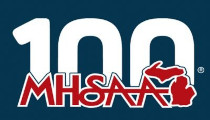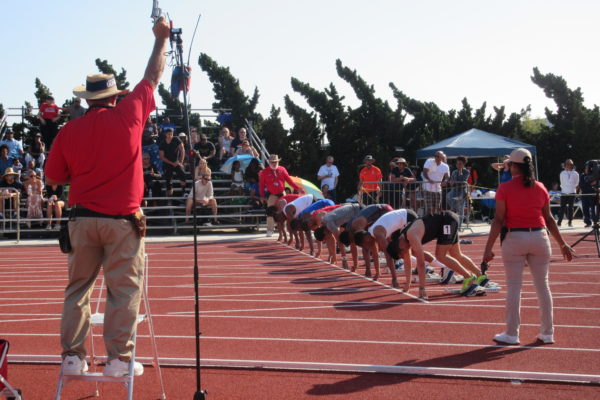Making the Move From Sidelines to Game Time: NSAA Partners with AAASP
By on May 04, 2018 Students with Disabilities Print“Every kid, every day.” Jim Tenopir, Executive Director of the Nebraska School Activities Association (NSAA) has exemplified his own statement of philosophy with his actions to continuously provide opportunities for, “every kid, every day.”
This story begins a year ago, when the Nebraska School Activities Association (NSAA) partnered with Special Olympics Nebraska to create participation opportunities for student-athletes with intellectual disabilities and their Unified partners. The success of the inaugural NSAA Unified Bowling Championship and access to athletic programming for a previously underserved student population led to both community discussions and internal conversations addressing the inclusion of students with physical disabilities.
Tenopir’s philosophy of, “every kid, every day,” made him stop and contemplate the question, “What are we doing to provide opportunities to all students?” He concluded that more could be done to live up to this ideology, so he drew on his experience serving on the NFHS Inclusion of Students with Disabilities Task Force and took action by engaging and encouraging the NSAA Board of Directors to examine the topic of participation of students with physical disabilities in NSAA athletic competitions.
Bev Vaughn, Cofounder and Chief Executive Officer of the American Association of Adapted Sports Programs (AAASP) along with other state association executive directors already facilitating wheelchair sports were the first sources for Tenopir and the NSAA Board. They knew that education regarding wheelchair sports would be key to the implementation of a successful integrated program. “We had to rely on their information and collective experience and do it in the right fashion to provide successful opportunities,” explained Tenopir.
It was Vaughn and AAASP who, “helped determine guidelines for the rules used for wheelchair events [in track and field], how to go about implementing the events in an exhibition format and really just build our knowledge and infrastructure,” stated Tenopir. The partnership with AAASP provides the NSAA with access to an immense library of resources and experience that Tenopir feels, “gives credence to the efforts the NSAA are putting into this initiative.”
While the development and implementation of this inclusive effort is still in the early stages, it is evident that the NSAA is committed to their philosophy, “every kid, every day.” This will be no more evident than this spring when the snow in Nebraska begins to melt and student-athletes begin to physically and mentally prepare for Track and Field season. A new type of student-athlete will have the opportunity to make the move from the sidelines to the starting line.







